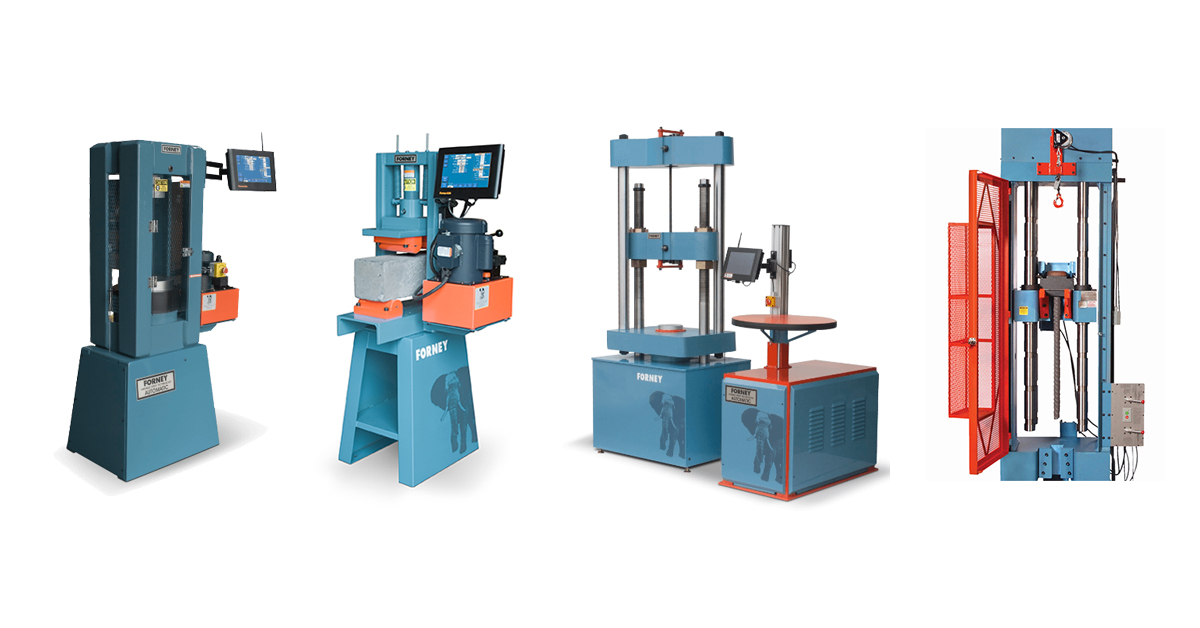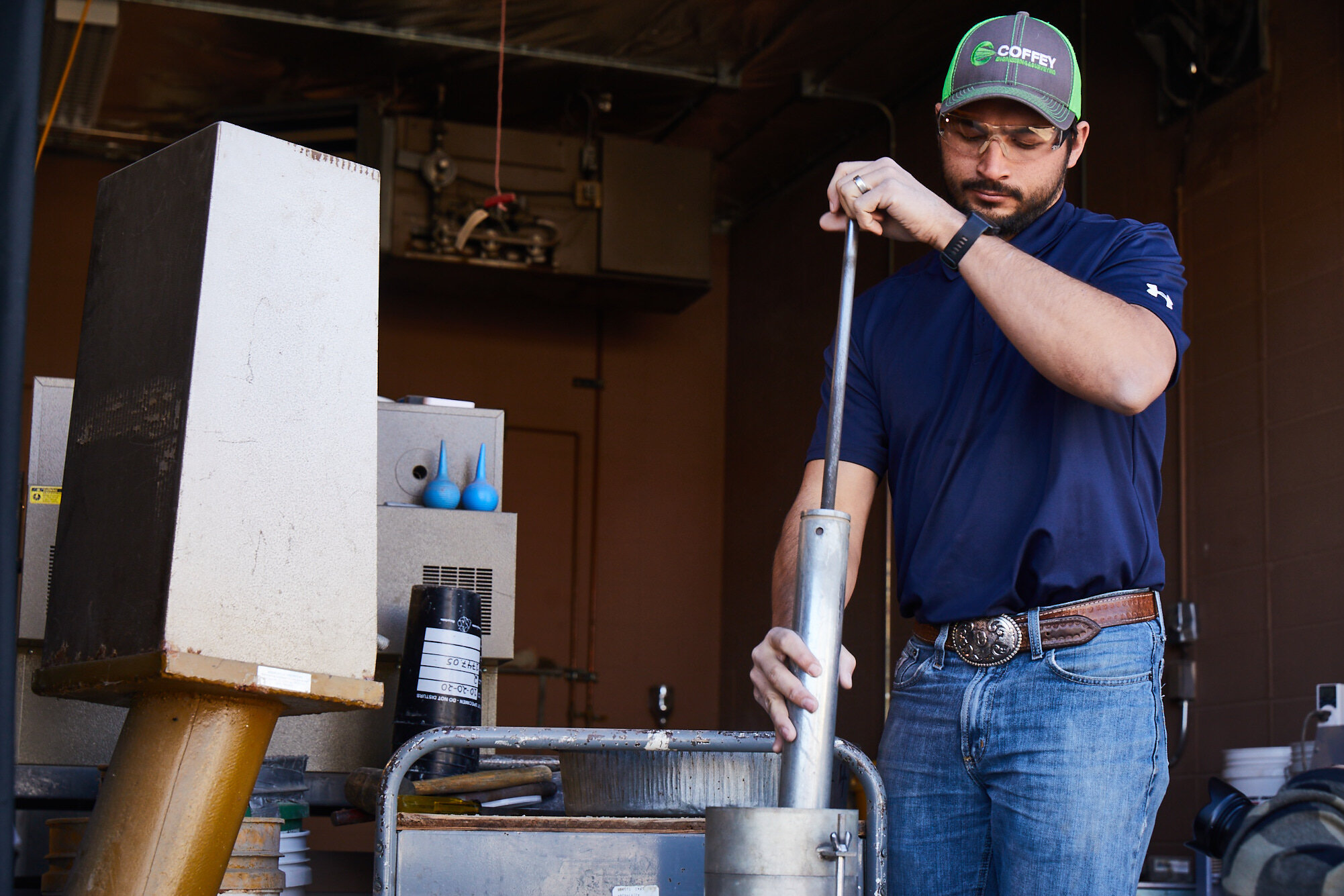Pushing Limits: Exploring Strategies in Materials Testing
In this seminar, we will dig right into the innovative and sophisticated approaches made use of in the area of materials testing. As innovation breakthroughs, so does our capacity to push the boundaries of what is possible in screening and examining numerous products. Join us as we begin on a trip of exploration and expedition in the realm of materials screening.
Advanced Imaging Technologies
Advanced imaging innovations have transformed the area of products screening, enabling researchers to dive deeper into the structural homes of materials. These advanced techniques have opened brand-new methods for examining and evaluating products, supplying valuable understandings that were formerly unattainable.
One such advanced imaging innovation is X-ray calculated tomography (CT), which makes use of X-ray beams to develop 3D pictures of the inner structure of products. By catching several X-ray images from various angles and reconstructing them, scientists can imagine the interior attributes and flaws of materials with extraordinary information. This non-destructive technique is particularly beneficial for analyzing complicated structures, such as composite materials or components with elaborate geometries.

Furthermore, atomic pressure microscopy (AFM) has emerged as a beneficial tool for characterizing the surface properties of products at the nanoscale. By checking a sharp probe throughout the product's surface, AFM can measure pressures and create comprehensive topographic maps, supplying beneficial details about surface roughness, mechanical residential properties, and adhesion forces.
Cutting-Edge Simulation Methods
A variety of cutting edge simulation techniques are pressing the boundaries of materials testing, offering researchers unprecedented insights right into product habits. These innovative simulation techniques utilize sophisticated computational strategies to model and predict the efficiency of products under different problems. By simulating the behavior of materials at the atomic and molecular degree, scientists can much better comprehend the hidden devices that regulate material residential properties and efficiency.
Among one of the most notable simulation approaches is molecular characteristics (MD), which replicates the motion and interactions of atoms and particles in time. MD enables scientists to investigate sensations such as phase, deformation, and fracture changes in products. An additional powerful technique is finite aspect evaluation (FEA), which separates a complex structure or material right into smaller sized, much more workable aspects and analyzes their behavior under different lots. FEA is widely utilized in engineering and materials scientific research to research the feedback of products to mechanical, thermal, and electromagnetic pressures.
Moreover, multiscale modeling incorporates different simulation techniques to bridge the void between atomistic and macroscopic scales. By integrating info from different length ranges, scientists can properly predict the habits of products under real-world conditions.
These cutting-edge simulation techniques are reinventing products testing by supplying insights that are otherwise tough or difficult to obtain experimentally. They allow scientists to enhance material design, discover new materials, and improve the efficiency and integrity of existing products in a large array of markets, from this article aerospace to biomedical.
Non-Destructive Examining Strategies

- Countless non-destructive screening strategies are utilized in products checking to check out the homes and integrity of materials without creating damages. These techniques play a crucial role in numerous sectors, including aerospace, auto, building and construction, and manufacturing, where the quality and reliability of materials are vital.
One frequently utilized non-destructive testing method is ultrasonic testing. This approach includes sending high-frequency sound waves with a product and analyzing the echoes that jump back. By determining the moment it takes for the echoes to return, technicians can establish the thickness of the product, discover internal imperfections, and analyze the total architectural honesty.
Another widely made use of method is radiographic screening, which utilizes X-rays or gamma rays to evaluate products. This approach is especially efficient for detecting internal issues such as incorporations, cracks, or voids. By subjecting the product to radiation and catching the resulting picture on a film or electronic detector, specialists can assess the quality and sturdiness of the product.
Various other non-destructive screening strategies include magnetic bit screening, color penetrant testing, and swirl current screening. Each technique has its very own one-of-a-kind benefits and is ideal for specific material kinds and applications.
High-throughput Testing Approaches
High-throughput screening techniques provide a detailed and effective ways of assessing materials in big quantities throughout the screening procedure. This technique involves the synchronised screening of many samples, enabling the fast recognition of materials with desired characteristics or buildings.
Among the key benefits of high-throughput screening techniques is the capacity to check a variety of materials in a brief amount of time. Typical screening techniques typically call for labor-intensive and taxing processes, making it difficult to examine great deals of examples. With high-throughput testing, scientists our website can promptly review products on a scale that was previously not feasible.
Another benefit of high-throughput testing is its capacity to identify products with particular homes or attributes. By testing a a great deal of examples, scientists can identify materials that display particular residential or commercial properties, such as high toughness or excellent conductivity. This allows researchers to customize materials for particular applications or markets.
High-throughput testing techniques also enable for the discovery of new products with special homes. By testing big amounts of materials, scientists can reveal materials that display unique qualities or habits. This can cause the growth of new materials that have a large range of applications, from sophisticated electronic devices to power storage space.
Unique Multi-scale Evaluation Techniques
The application of unique multi-scale analysis approaches improves the precision and accuracy of products evaluating processes. By integrating numerous ranges of evaluation, researchers are able to acquire a more detailed understanding of the behavior and properties of products. Traditional products evaluating approaches commonly concentrate on macroscopic buildings, yet these techniques fall short to record the detailed information and communications that happen at smaller sized ranges.
One example of a novel multi-scale evaluation technique is using computational modeling. By imitating the behavior of products at different ranges, scientists can forecast and understand their mechanical, thermal, and chemical homes. This enables more accurate predictions and optimizations of material efficiency.
One more method involves the usage of innovative imaging methods, such as electron microscopy and atomic force microscopy - materials test lab. These techniques enable researchers to imagine and analyze materials at the nanoscale, providing insights into their microstructure and composition. By incorporating these observations with macroscopic testing information, an extra complete image of the material's actions can be acquired
In addition, the combination of artificial intelligence algorithms and data analytics in products screening has actually also improved the accuracy of evaluation. These techniques can determine patterns and correlations in huge datasets, permitting for faster and why not look here more reliable evaluation of products properties.
Final Thought
In conclusion, the expedition of methods in materials screening has led to significant advancements in different areas. Non-destructive screening methods have actually allowed the assessment of product stability without causing damages. These advancements have actually pushed the borders of materials screening and paved the way for more research study and advancement.
An array of cutting edge simulation methods are pressing the limits of materials screening, offering scientists unprecedented understandings right into material habits (materials test lab). By mimicing the actions of materials at the molecular and atomic level, scientists can better understand the underlying devices that govern product buildings and performance
Many non-destructive screening methods are used in materials examining to analyze the properties and stability of products without triggering damage. By subjecting the product to radiation and recording the resulting image on a movie or electronic detector, technicians can examine the high quality and strength of the product.
By checking huge quantities of materials, researchers can discover products that show unique qualities or habits.